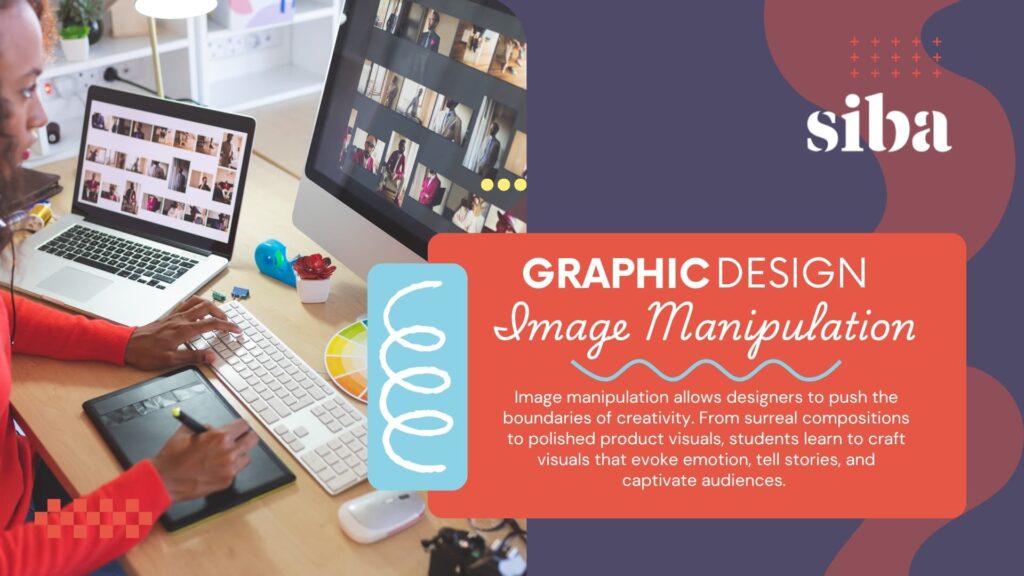In the digital age, visual communication is more powerful than ever. For graphic design students, mastering image manipulation is not just a technical skill—it’s a creative superpower. Whether designing for print, web, social media, or branding, the ability to transform, enhance, and repurpose images is central to producing compelling and effective visual content.
1. Enhancing Creative Expression
Image manipulation allows designers to push the boundaries of creativity. From surreal compositions to polished product visuals, students learn to craft visuals that evoke emotion, tell stories, and captivate audiences. It’s a playground for imagination, where reality can be reshaped to match a concept or mood.
2. Building Professional-Level Portfolios
In competitive design fields, portfolios speak louder than resumes. Image manipulation skills help students create high-impact visuals that showcase their versatility and technical prowess. Whether retouching photos, creating mockups, or designing promotional materials, these skills elevate the quality of their work.
3. Supporting Branding and Marketing Goals
Brands rely on strong visuals to communicate identity and values. Graphic designers often work with logos, product images, and promotional content that require precise editing and enhancement. Understanding image manipulation ensures that students can deliver assets that are polished, consistent, and aligned with brand aesthetics.
4. Improving Workflow Efficiency
Knowing how to manipulate images efficiently saves time and resources. Students learn to correct flaws, adjust lighting, crop for composition, and prepare images for various formats—all essential for meeting deadlines and adapting designs across platforms.
5. Developing Technical Mastery
Image manipulation involves mastering tools like Adobe Photoshop, Illustrator, and other design software. These platforms are industry standards, and proficiency in them is expected in most graphic design roles. Students gain confidence in using layers, masks, filters, and adjustment tools to achieve professional results.
6. Preparing for Diverse Career Paths
From advertising and publishing to UX/UI design and social media marketing, image manipulation is a transferable skill across many creative industries. Students who understand how to edit and enhance visuals are better equipped to adapt to different roles and project demands.
7. Understanding Visual Ethics and Authenticity
Studying image manipulation also teaches students about ethical considerations—such as responsible editing, transparency, and the impact of altered images on public perception. This awareness is crucial in maintaining integrity in design work.
In essence, image manipulation is a cornerstone of modern graphic design. It empowers students to create visually stunning work, meet professional standards, and communicate ideas with clarity and impact. By mastering this skill, graphic design students unlock new dimensions of creativity and career potential. Take a look at our Graphic Design curriculum and get started on your path as a Graphic Designer today!
Learn more about all of our programs in Fashion Development and Merchandising, Business Administration, Graphic Design and Interior Design. Our team of experienced staff are ready and willing to help you refine your skills and build you up to reach your potential in your selected area of study. Reach out to our team today for more information! Your career and professional life begin at Siba!

